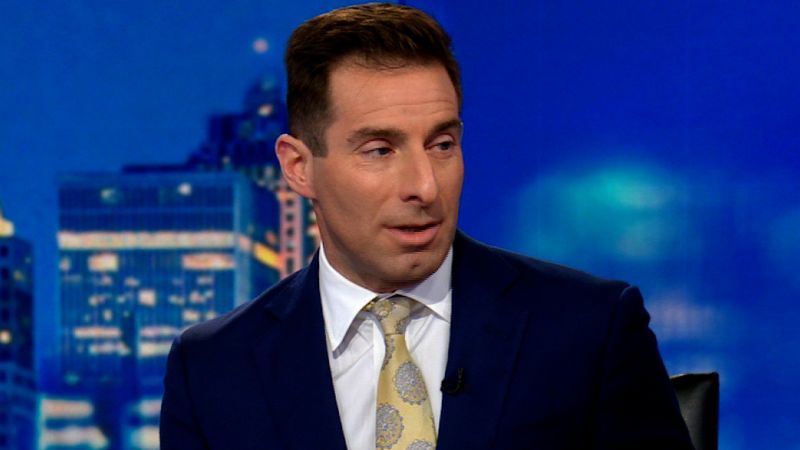During the final day of testimony in former President Donald Trump’s hush money trial, CNN senior legal analyst Elie Honig was particularly struck by the arguments made by both the prosecution and the defense regarding how jury instructions should proceed. This crucial aspect of a trial, outlining the legal standards and elements the jury must consider when deliberating, can significantly impact the outcome of a case. With both sides vehemently advocating for their preferred instructions, Honig found the debate to be compelling and indicative of the high stakes at play in the trial.
One key element that stood out to Honig was the prosecution’s argument for including instructions on the doctrine of conscious avoidance, also known as willful blindness. This legal principle holds individuals accountable for deliberately ignoring facts or information that would make them aware of criminal activity. In the context of Trump’s trial, this doctrine could potentially provide insight into whether Trump knowingly obstructed justice in relation to the hush money payments at the center of the case. By highlighting this doctrine in their proposed jury instructions, the prosecution aimed to establish a strong basis for their argument against Trump.
On the other hand, the defense presented arguments opposing the inclusion of conscious avoidance instructions, asserting that such a legal concept was not applicable to the facts of the case. The defense’s strategy focused on undermining the prosecution’s narrative and casting doubt on the evidence presented against Trump. By challenging the necessity of including conscious avoidance instructions, the defense hoped to weaken the prosecution’s case and prevent the jury from considering factors that could potentially incriminate Trump.
As the prosecution and defense clashed over the issue of jury instructions, Honig observed that the intensity of their arguments underscored the significance of this phase of the trial. The instructions provided to the jury serve as a roadmap for deliberations and decision-making, shaping how the jurors interpret the evidence and apply the law to the case. By closely monitoring the debate over jury instructions, Honig gained insight into the strategic maneuvering of both sides and the pivotal role these instructions play in influencing the outcome of the trial.
Reflecting on the proceedings of the final day of testimony, Honig described the arguments presented by both the prosecution and the defense as having “blew his mind.” The complexity and contentious nature of the issues being debated underscored the high-stakes nature of the trial and the potential implications for Trump. With each side vigorously advocating for their perspective on jury instructions, Honig recognized the critical juncture at which the trial stood and the importance of this phase in shaping the ultimate verdict.
Overall, the final day of testimony in Trump’s hush money trial provided a window into the intense legal battles and strategic maneuvering that transpired as the prosecution and defense clashed over jury instructions. As Honig analyzed the arguments presented by both sides and their implications for the case, it became clear that this phase of the trial was crucial in determining the trajectory and potential outcome of the proceedings. With the jury instructions serving as a guiding framework for the jurors’ deliberations, the debate over their content highlighted the challenges and complexities involved in trying a high-profile case of this nature.


